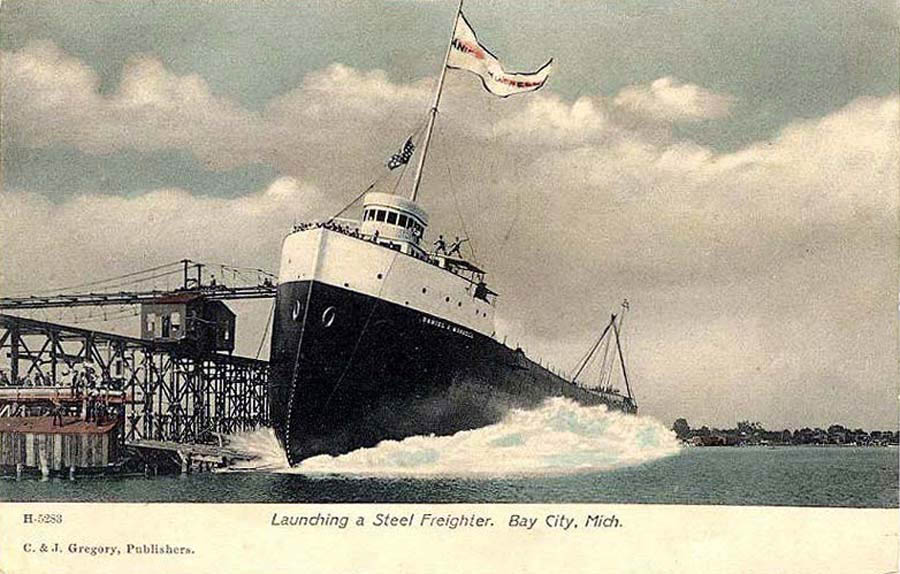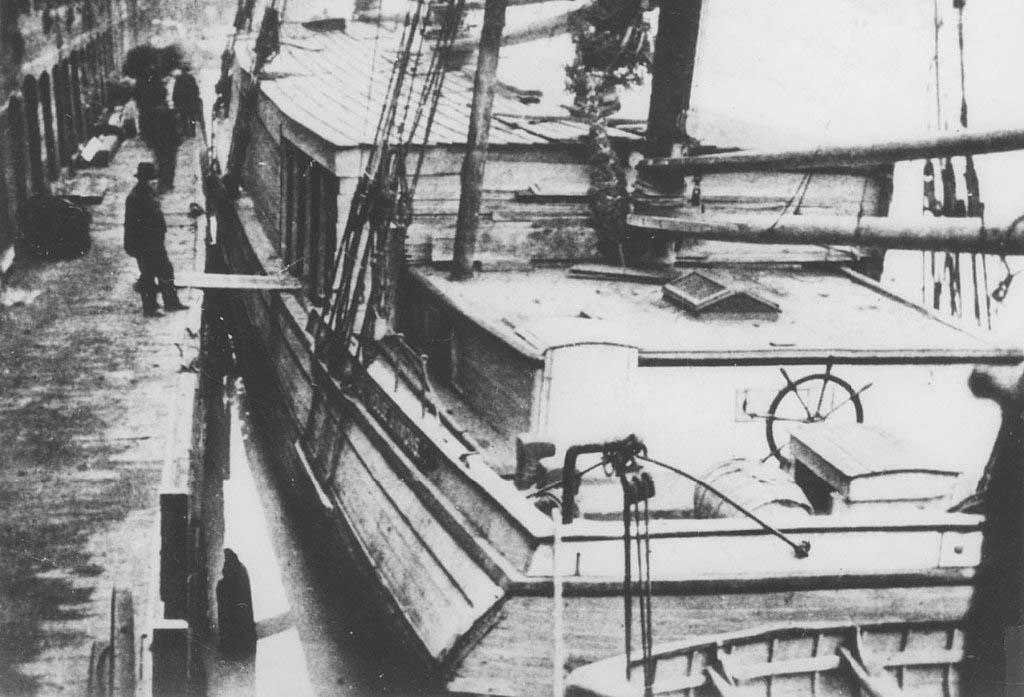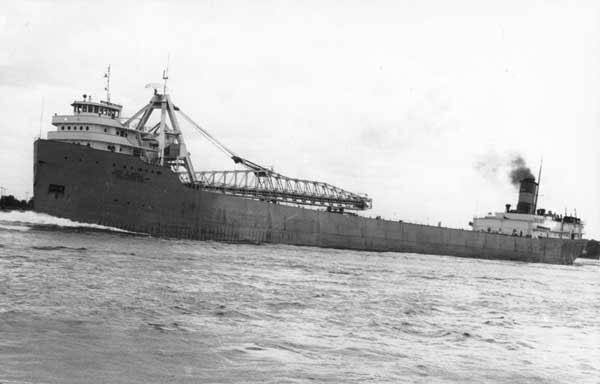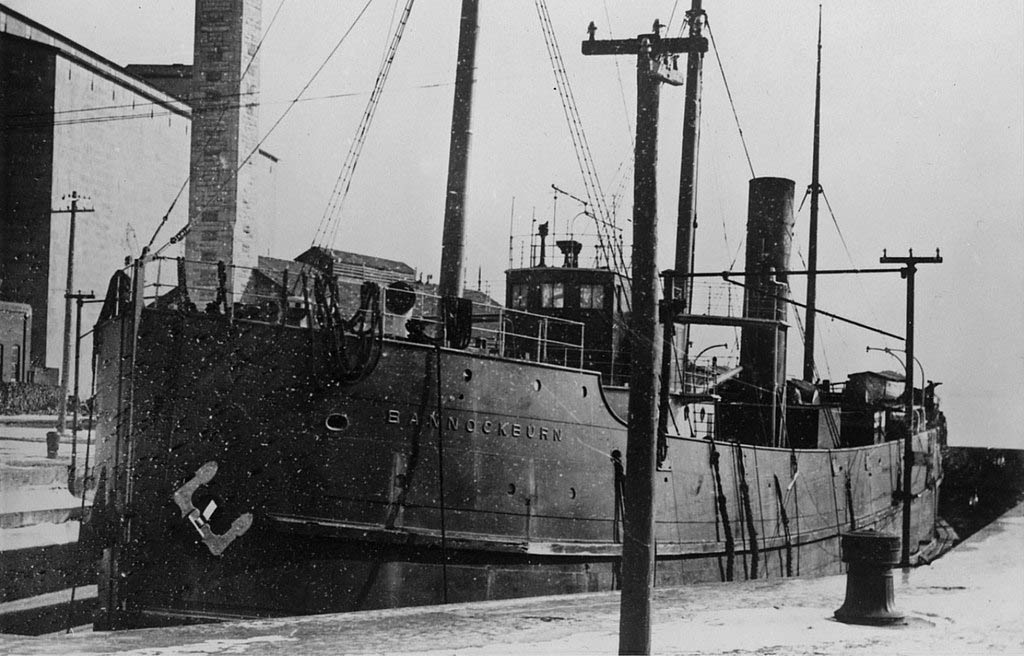Notable ships that have sunk in November in Lake Superior include Edmund Fitzgerald, Daniel J. Morrell, Rouse Simmons, Carl D. Bradley and Bannockburn among many others. The worst month for shipwrecks on the Great Lakes seems to be November. Twenty known ships have vanished within the 4,300-square-mile sanctuary’s borders in November for about a century. These November storms—dubbed “gales” by Gordon Lightfoot’s popular song (The Wreck of the Edmund Fitzgerald) lyrics occur when warm, humid air from the Gulf of Mexico combines with cold, dry air from Northern Canada over the Lakes. Then the warm summer water of the Lakes stirs all this uneasy air one last time.
The song “The Wreck of the Edmund Fitzgerald” by Gordon Lightfoot alludes to the Witch of November. The storm that destroyed the Edmund Fitzgerald had a pressure of 978 mbar, which is about equal to a Category 1/2 hurricane . Over the years, similar witches have been responsible for many shipwrecks. A solid Category 2 hurricane with a pressure of 967 mbar was another storm that struck in November 1998. An even more powerful storm in October 2010 hit Duluth with 81 mph wind gusts and 19-foot seas over the course of the night of October 26–27, 2010, bringing record low barometric pressures of 954.96 and 961.06 mbar to Minnesota and Wisconsin, respectively, both of which are classified as category 3 hurricanes on the Saffir-Simpson scale.
Witches have been blamed for storms that have accelerated wildfires to wind-speed, knocked out power to over 200,000 households at once, and even caused rivers to “run backwards” as a result of wind pushing lake waves into river mouths. It is predicted that blizzards that accompany a witch will cause enormous volumes of wind and precipitation, as well as significant harm to the environment and infrastructure.
November Witches are responsible for many of the shipwrecks and fatalities on Lake Superior and other Great Lakes. Known historically as the “Big Blow,” “Freshwater Fury,” and “White Hurricane,” the Great Lakes Storm of 1913 was a hurricane-force blizzard that ravaged the Great Lakes Basin in the Midwestern United States and Southwestern Ontario, Canada, between November 7 and November 10, 1913. Ships on four of the five Great Lakes, especially Lake Huron, were battered and overturned by the storm’s strongest force on November 9.
November was the final chance of the shipping season to get another load, deliver it, and get paid before the lakes were closed for the season. The Captain, with the freighter’s employees and owners, likely knew that the stakes were enormous. This journey was significantly impacted by money. It was risky. Despite the risk of strong storms in November, the ships often had overflowing cargo holds for the final voyage of the year. This made them more vulnerable as storms formed. The situation was being pushed to its limits by the freighters.
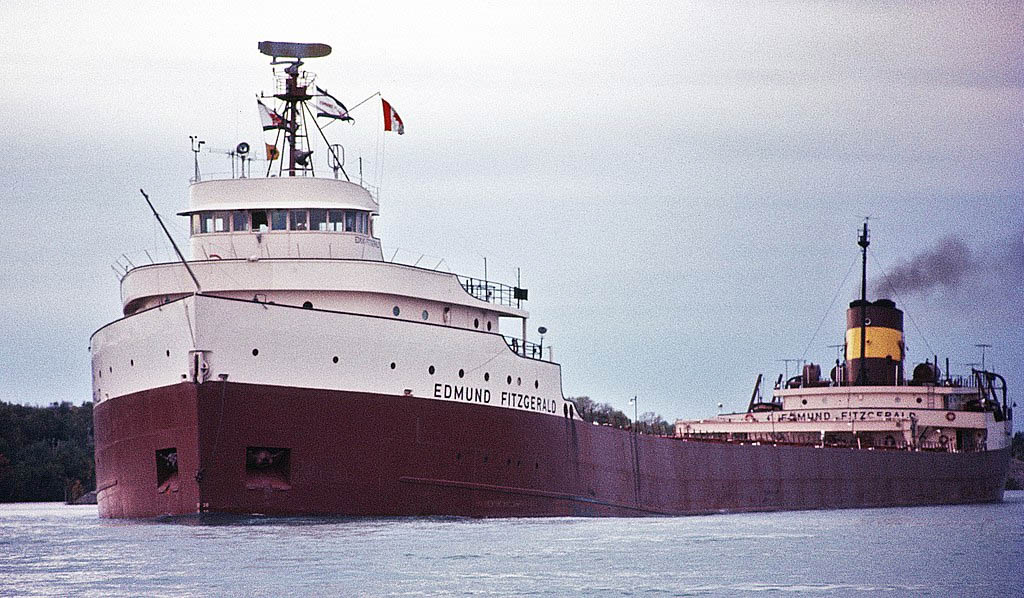
While transporting taconite (a sedimentary rock that contains iron ore and is used to make steel and cement) across Lake Superior to a port in Detroit, Michigan, the Edmund Fitzgerald capsized in a storm on November 10, 1975, with the loss of the entire crew of 29 men. In 2006, the Canadian Government passed a law that would not allow anyone to dive Edmund Fitzgerald. There is a one Million Dollar fine for diving it.
The SS The Great Lakes freighter Daniel J. Morrell lost 28 of her 29 crew members when she broke up in a powerful storm on Lake Huron on November 29, 1966. At the time of the 60-year-old ship’s sinking, the freighter was operating solely on ballast and was used to transport bulk goods like iron ore.
Famous for sinking in a fierce storm on Lake Michigan in 1912, the Rouse Simmons was a three-masted schooner. The ship lost everyone on board when it foundered off Two Rivers, Wisconsin, while carrying Christmas trees heading for Chicago. 5 crewmen died.
The Carl D. Bradley, formerly referred to as “the Queen of the Lakes,” sank in Lake Michigan on November 18, 1958, after splitting in two during a strong storm with the loss of 33 crewmen from a total of 35.
On November 21, 1902, the Canadian-registered steel-hulled freighter Bannockburn vanished in snowy/cold conditions on Lake Superior. She gained a reputation as a ghost ship and was dubbed “The Flying Dutchman of the Great Lakes” within a year of her absence. It’s still unclear what happened to her. 20 crew members perished.
Whitefish Point is a sandy outcrop that protrudes into Lake Superior from the eastern upper peninsula of Michigan. More than 200 of the 550 shipwrecks in Lake Superior that have been documented occurred nearby.
At a maximum depth of 1,332 feet, Lake Superior is the largest and deepest of the Great Lakes. The average depth of Lake Superior is 483 feet (147 meters), with a maximum depth of 1,333 feet (406 meters). Lake Superior contains 3,000,000,000,000,000 gallons of water, or three quadrillion gallons, which would be sufficient to submerge all of North and South America to a depth of one foot.
Gordon Lightfoot said it best in his popular song “The Wreck of the Edmund Fitzgerald”.
“The legend lives on from the Chippewa on down
Of the big lake, they call Gitche Gumee
Superior, they said, never gives up her dead
When the gales of November come early”







